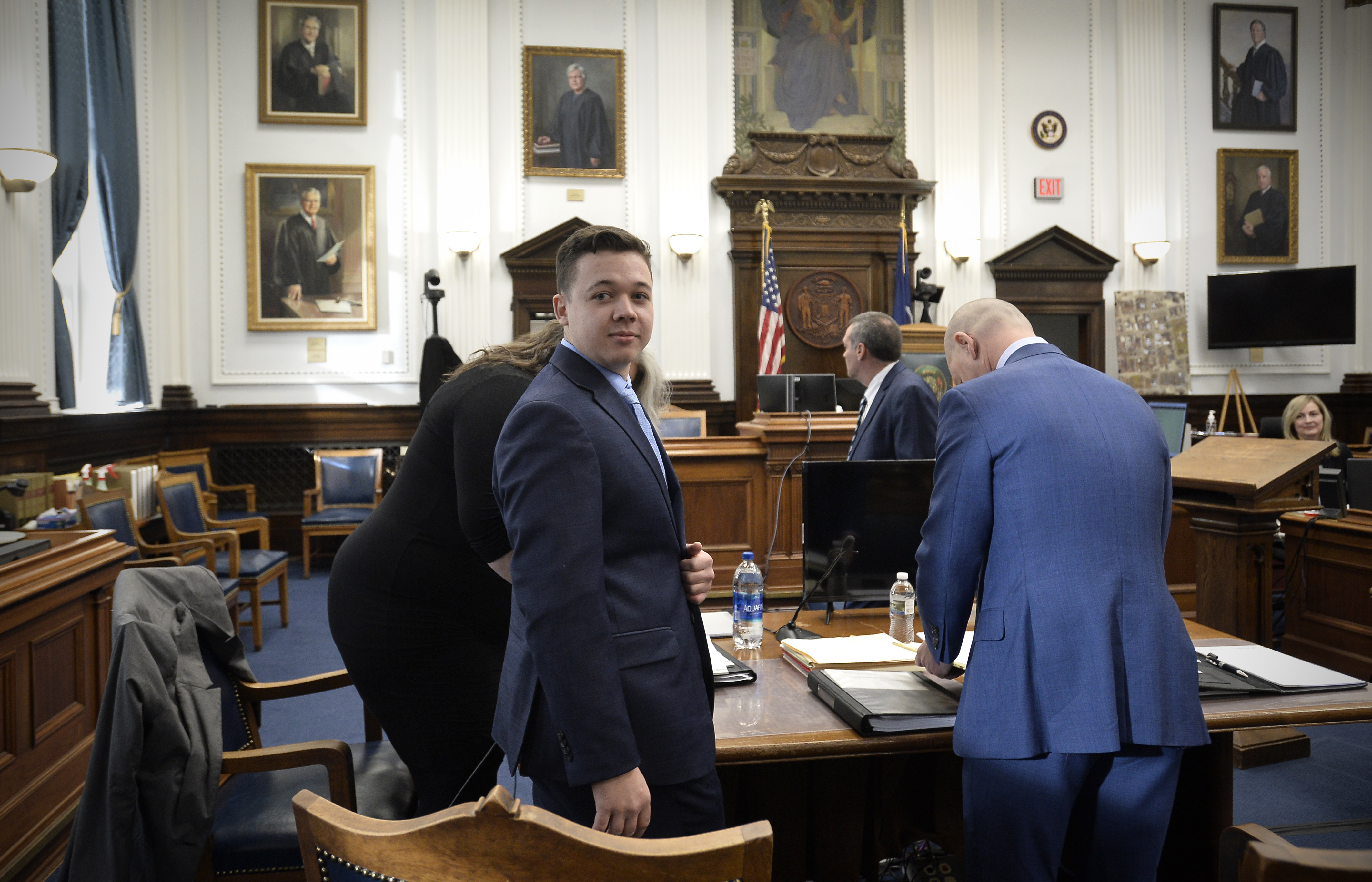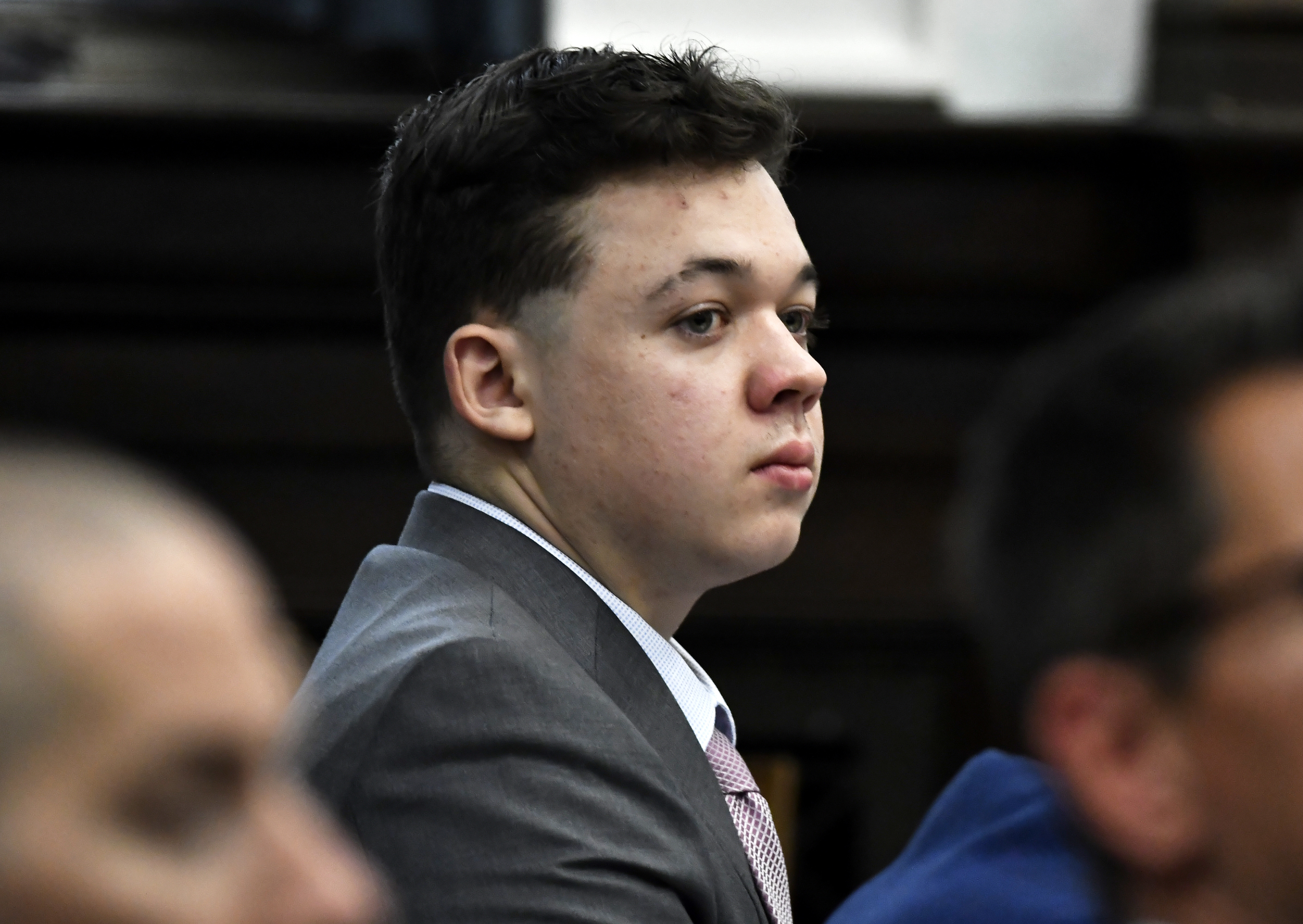BREAKING: A jury has found Kyle Rittenhouse not guilty on all counts in his murder trial connected to the shootings of three people during unrest in Kenosha during the summer of 2020. Details here.
_________________________________________________________________________
As Kyle Rittenhouse's trial sits under a national spotlight, so too do the stories of the three people he shot, two of whom died, during unrest Kenosha in the summer of 2020.
The two people killed were identified as 36-year-old Joseph Rosenbaum, of Kenosha, and 26-year-old Anthony Huber, of Silver Lake, Wisconsin.
Gaige Grosskreutz, 27, a protester from West Allis, was wounded.
Rosenbaum, 36, was released the day of the shootings from a Milwaukee hospital where he had been treated for a suicide attempt. It’s not clear why he was on Kenosha’s streets the night of the protests, though he had a fiancé who lived in the city. His background includes a conviction for sexual conduct with a minor in Arizona in 2002. The judge denied a defense request to argue that Rosenbaum was trying to get Rittenhouse’s rifle because, as a convicted sex offender, Rosenbaum couldn’t legally get one on his own.
Huber is seen on video swinging a skateboard at Rittenhouse before he was shot. He was known around Kenosha’s skateboarding community, and his girlfriend, Hannah Gittings, said skateboarding was his life. Huber served a pair of prison stints stemming from family conflict, including choking his brother in 2012.
A great-aunt, Susan Hughes, said Huber was involved in protests because he was “very upset” that a police officer had shot Blake, who was left paralyzed from the waist down.
Grosskreutz previously said he attended several protests following Floyd’s May 2020 death. With training as a paramedic, Grosskreutz had carried medical supplies and was doing so the night of the Kenosha shootings.
He was also armed with a pistol and had it in his hand when he approached Rittenhouse, who shot him in the arm.
Feeling out of the loop? We'll catch you up on the Chicago news you need to know. Sign up for the weekly Chicago Catch-Up newsletter.
On the stand, Grosskreutz said he confronted a rifle-toting Rittenhouse with a gun of his own to try to stop the bloodshed.
When asked what was going through his mind as he neared Rittenhouse, the 27-year-old testified, “That I was going to die.”
Rittenhouse, 17 at the time, traveled the few miles from his home across the state border to Kenosha on Aug. 25, 2020, as the city was in the throes of damaging protests that followed a white police officer's shooting of Jacob Blake, a Black man, after a call to a domestic disturbance.
Bystander video captured the critical minutes when Rittenhouse, with a Smith and Wesson AR-style semiautomatic rifle, shot and killed Rosenbaum and Huber and wounded Grosskreutz.
Kenosha County Sheriff David Beth said people believed to be in a "militia" or "vigilante group" had been patrolling the streets at night. Rittenhouse appeared in several videos alongside those groups.
Before the shooting, the conservative website The Daily Caller conducted a video interview with Rittenhouse in front of a boarded-up business.
“So people are getting injured, and our job is to protect this business,” the young man said. “And part of my job is to also help people. If there is somebody hurt, I’m running into harm’s way. That’s why I have my rifle — because I can protect myself, obviously. But I also have my med kit.”
Rittenhouse has argued self-defense in the shootings. Prosecutors trying to convict him of murder have been working to paint him as an inexperienced teenager who misrepresented his age and medical training to other armed civilians in his group on the night of the shooting.
Rittenhouse is white, as are the three men he shot. The case raised questions about racial justice, policing, firearms and white privilege that polarized people far outside Kenosha.



